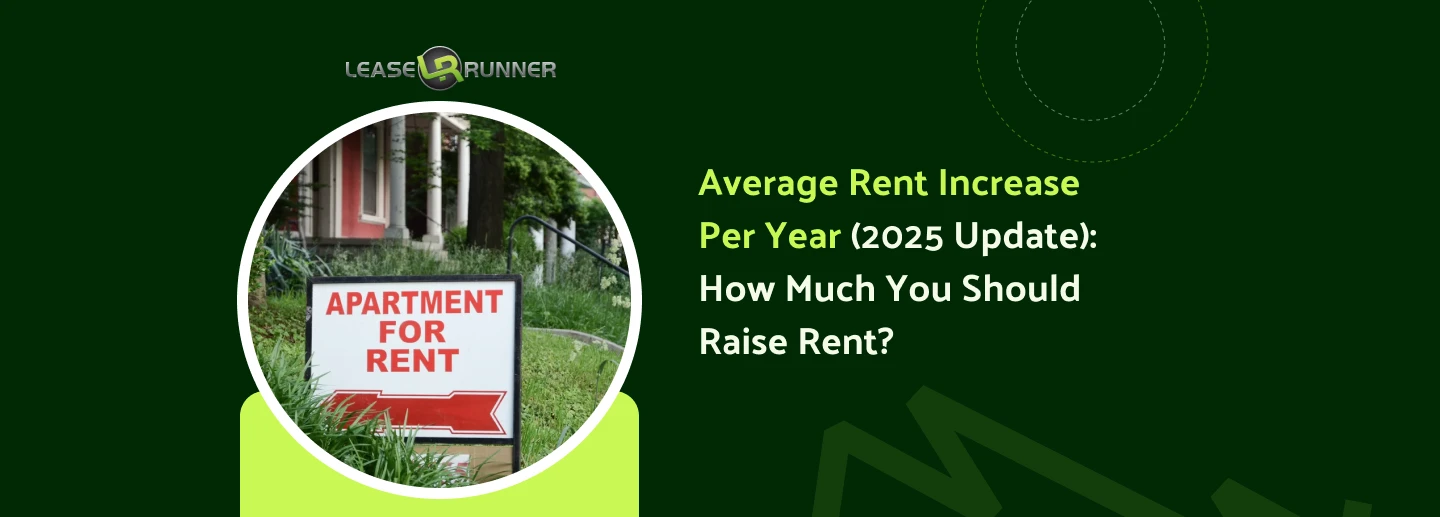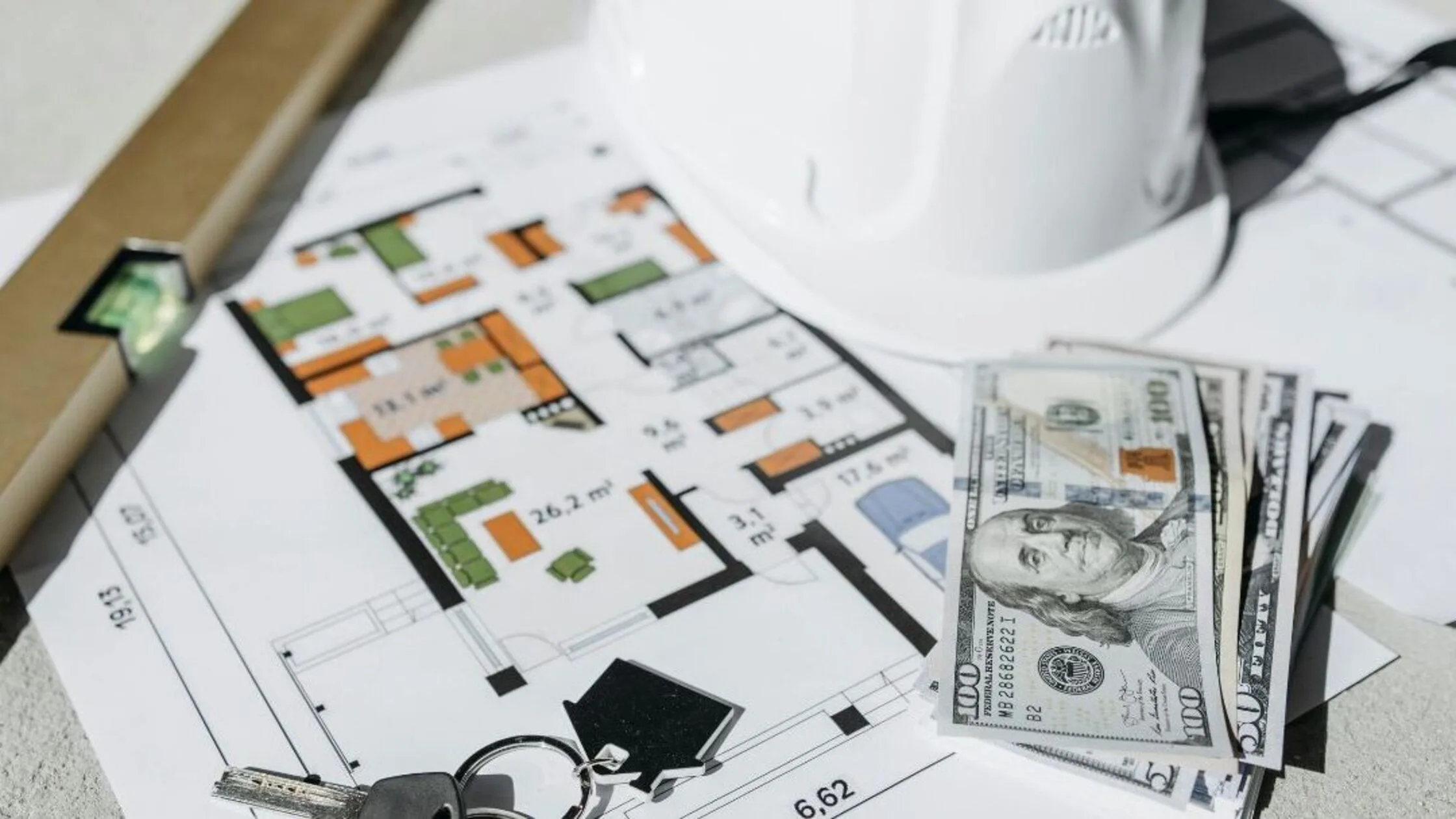
Rental property cash flow is the reason most of us get into real estate in the first place. The thrill of passive income, the promise of long-term wealth. But what happens after the first few rent checks? That’s when strategy matters most. This article breaks down what good rental property cash flow really looks like and explores smart, practical ways to reinvest it!
What Is Rental Property Cash Flow?
Rental property cash flow is the money you have left after paying all the expenses tied to your rental property, like mortgage, taxes, insurance, repairs, and property management. It’s the actual cash that lands in your bank account.
Many investors believe that cash flow is the true essence of real estate. While property appreciation is often discussed, it’s important to recognize that you can’t access those unrealized gains until you sell the property.
The monthly cash inflow is the money you can use right now to cover your bills, reinvest in additional properties, or build a financial cushion. Positive cash flow offers ongoing financial flexibility and resilience, allowing you to handle unexpected expenses without scrambling for funds.
It’s worth noting that cash flow dynamics can vary significantly depending on the type of rental property and local regulations.. Properties subject to rent stabilization or rent control ordinances often have limits on how much landlords can increase rent annually.
What Does a Positive Cash Flow Look Like?
A rental property with positive cash flow generates more income each month than the total expenses required to keep it running. Let’s say your monthly rent is $2,000, and all your combined expenses (mortgage, taxes, insurance, repairs, and management) add up to $1,500. That leaves you with $500 of positive cash flow every month.
This surplus is the fuel for your investment journey. You can reinvest it into property upgrades that increase rental value, save it for future down payments, or use it to cover other financial goals. Consistent cashflow-positive property over time is what enables investors to expand their portfolios and build long-term wealth sustainably.
What Does a Negative Cash Flow Look Like?
Negative cash flow occurs when a rental property costs more to operate than it brings in. Using the same example: if rent is $2,000 and expenses total $2,300, you’re operating at a $300 monthly loss.
While some investors accept short-term negative cash flow on rental property in exchange for long-term appreciation, it’s a risky path. Negative cash flow eats into reserves, limits reinvestment opportunities, and can quickly turn a promising investment into a financial drain.
Why Cash Flow Matters in Rental Property Investment

Cash flow is the engine that keeps your rental property investment running smoothly. It covers not only the expected monthly expenses but also the surprises because unexpected repairs or vacancies are inevitable in property management. Reliable rental property cash flow gives you the freedom to grow your portfolio on your terms without relying solely on property appreciation or market timing.
When your properties consistently produce positive cash flow, you are actively generating income today. This steady cash inflow allows you to reinvest, build reserves, or simply enjoy the peace of mind that comes from knowing your investment is financially self-sufficient. It’s the foundation for long-term success and financial independence in real estate.
How to Calculate Rental Property Cash Flow? Formula & Sample Calculation
Calculating rental property cash flow is simpler than it sounds. The basic real estate cash flow formula looks like this:
For instance, you rent out a property for $2,400 a month. Your monthly costs might be:
- Property management: $240
- Repairs and maintenance: $100
- Insurance and taxes: $300
- Mortgage payment (principal + interest): $1,200
Subtract all those expenses from your rental income: $2,400 – ($240 + $100 + $300 + $1,200) = $560
That $560 is your positive cash flow, the actual average monthly profit on rental property you take home after paying all the bills.
Before you even dive into the detailed math, the one percent rule can be a quick way to screen potential properties. It suggests that a rental property’s monthly rent should be at least 1% of its purchase price.
So, if you’re looking at a $200,000 property, you’d want the rent to be about $2,000 or more per month. While this rule doesn’t guarantee positive cash flow on its own, it helps weed out deals that are unlikely to perform well financially. From there, you can plug in the numbers to see the actual cash flow and decide if the investment makes sense.
What Is a Good Cash Flow for a Rental Property?
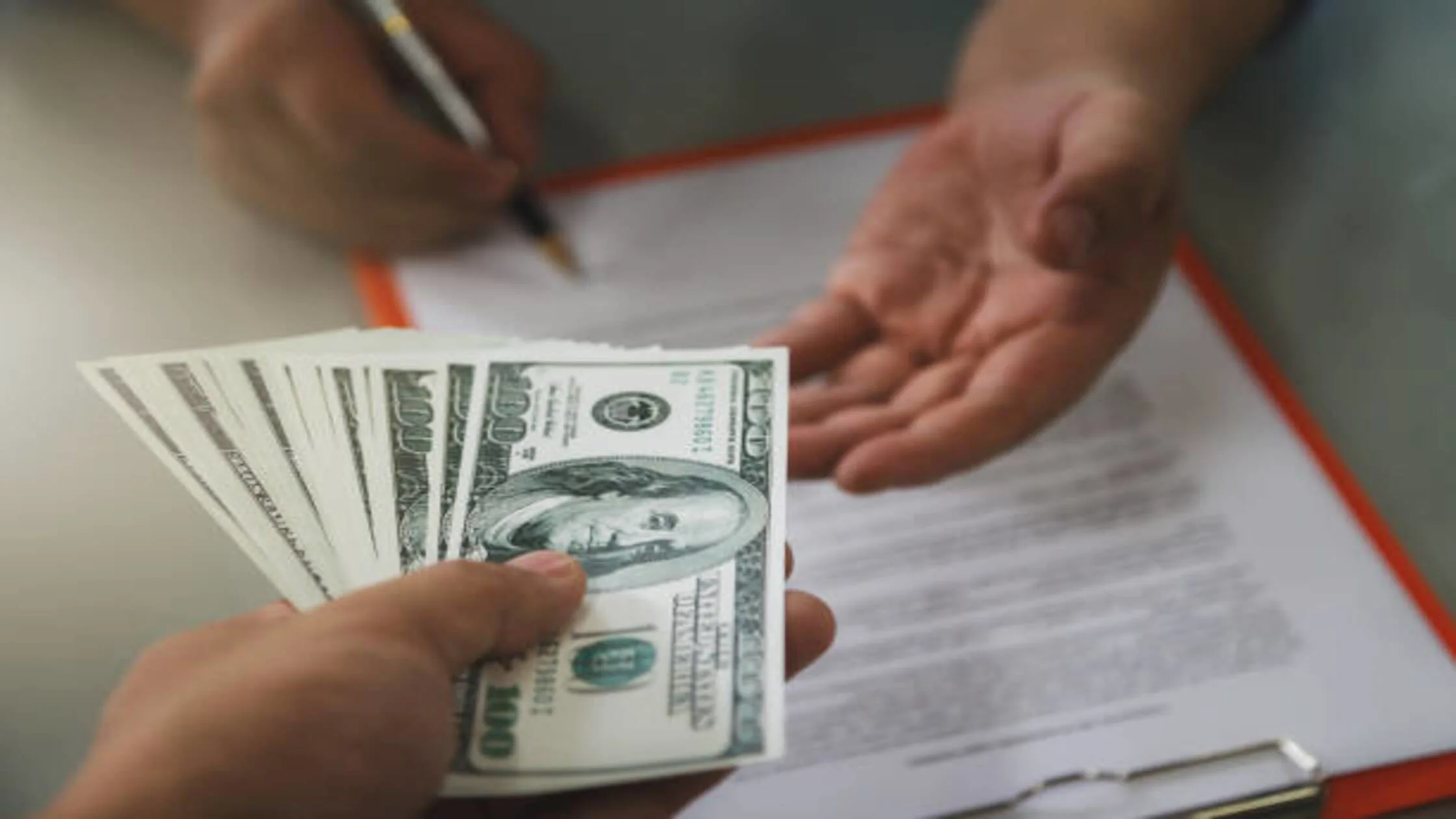
You need to understand the basics of industry benchmarks and personal strategy when determining a good cash flow.
Industry Benchmarks & Typical ROI Expectations
Many investors look at cash flow as a percentage return on their investment, often measured by the cash-on-cash return. A common benchmark is aiming for at least 8% to 12% cash-on-cash return annually. You’d want to see $8,000 to $12,000 in cash flow each year after expenses when you invested $100,000 in a property.
Another simple rule of thumb is the one percent rule we mentioned earlier: monthly rent should be at least 1% of the purchase price. It’s a quick screening tool, but deeper financial analysis is needed for true ROI. Keep in mind that ROI expectations vary by market and property type. High-demand urban areas might offer lower cash flow but greater appreciation potential, while smaller markets might yield stronger immediate returns.
Factors Influencing What Counts as “Good” Cash Flow
Several factors shape what “good” cash flow means for your situation:
- Location: High-rent areas don’t always equal high cash flow. Expenses like property taxes or HOA fees might be higher, eating into profits. Conversely, lower-cost markets might offer more positive cash flow despite lower rents.
- Financing terms: Interest rates, loan types, and down payment size all impact your monthly mortgage payment. A larger down payment or a low interest rate lowers expenses, boosting cash flow.
- Property condition and age: Older properties might have lower purchase prices but higher maintenance costs.
- Newer or recently renovated homes often have fewer repairs initially but might cost more upfront.
- Investor goals and timeline: If your goal is steady income now, you’ll prioritize higher positive cash flow. If you’re focused on long-term wealth building, you might accept lower cash flow for higher appreciation potential.
- Risk tolerance: Conservative investors prefer a buffer. Aggressive investors might chase deals with thin margins but high upside.
Cash Flow in Residential vs Commercial Properties
Residential and commercial property cash flow behaves differently because of their unique markets and cost structures.
Overall, residential properties offer more predictable cash flow thanks to steady housing demand and shorter lease terms, though the trade-off is more frequent tenant turnover and vacancy risk. In contrast, commercial properties provide the opportunity for higher rents and longer lease durations when leased. However, commercial investments also carry increased risk of extended vacancies, more complex leases, and variable expenses.
How to Reinvest Rental Property Cash Flow for Maximum Growth

Rather than letting it sit idle in a low-interest savings account or spending it without a plan, reinvesting your rental income can significantly accelerate your wealth-building journey. When used wisely, every dollar of positive cash flow can bring you closer to financial freedom.
We recommend four smart ways to reinvest your cash flow for maximum growth below:
- 1. Pay down existing mortgage debt
- 2. Fund property improvements
- 3. Save for future investments
- 4. Diversify your investment portfolio
1. Pay Down Existing Mortgage Debt
One of the simplest and most effective ways to reinvest your rental cash flow is by making extra payments toward your mortgage. Every additional dollar applied to your principal balance lowers the amount of interest you’ll pay over the life of the loan.
Beyond boosting your returns, paying down your mortgage reduces your monthly financial obligations. With smaller debt payments, your cash flow improves and your risk decreases. This creates a comfortable buffer that can help you handle unexpected expenses like emergency repairs or temporary vacancies without stress. Over time, accelerating mortgage payoff gives you complete ownership of your property sooner.
2. Fund Property Improvements
Using rental income to maintain and upgrade your property is an investment that pays dividends both now and down the road. Improving the condition of your rental helps justify rent increases and attracts tenants willing to pay more for a well-kept, modern home.
Even small projects like fresh paint, new fixtures, or landscaping can make a big difference in appeal and tenant satisfaction. Better tenants mean fewer vacancies and fewer costly turnovers.
3. Save for Future Investments
Creating a dedicated savings reserve using a portion of your rental income is a smart, forward-looking strategy. Having accessible capital positions allows you to act quickly when new investment opportunities arise, whether it's acquiring another rental, participating in a joint venture, or purchasing a fixer-upper to renovate and rent.
This fund also serves as a cushion against financial surprises. You can manage unexpected expenses, like major repairs or economic downturns, without resorting to credit cards or high-interest loans.
A growing reserve fund creates the foundation for steady portfolio expansion and financial resilience.
4. Diversify Your Investment Portfolio
While real estate can be a powerful wealth-building vehicle, diversification remains key to long-term financial security. Reinvesting your rental income into other asset classes such as stocks, bonds, mutual funds, or real estate investment trusts (REITs) can offer balance and liquidity that direct property ownership may not provide.
This diversification helps protect your portfolio from market-specific downturns and smooths out returns across different economic cycles. For instance, if the real estate market softens, gains in other sectors may help offset potential losses, preserving your overall net worth.
Plus, many of these investment vehicles provide passive income and growth potential, which can further compound your financial progress without requiring additional hands-on management.
Tools and Resources to Track and Analyze Rental Cash Flow
Fortunately, there are plenty of tools and resources designed to help landlords track income, manage expenses, and analyze financial performance with ease.
One highly recommended option is LeaseRunner’s rent collection function. Our platform handles rent collection online, allowing tenants to pay through credit cards or eChecks. Rent payments get processed securely and on time. LeaseRunner also sends automatic payment reminders to tenants and provides landlords with clear, real-time reports showing exactly when funds arrive. This transparency makes monitoring cash flow much simpler.
On top of that, LeaseRunner’s platform is designed to be simple to set up and easy to use, even if you’re managing just one property or a larger portfolio.
Additional tools to help you manage rental cash flow:
- Property Management Software: Platforms like Buildium or AppFolio combine rent collection with expense tracking, maintenance management, and tenant communication. These tools give you a comprehensive overview of your property’s financial health.
- Spreadsheet Templates: If you prefer a DIY approach, customizable Excel or Google Sheets templates can help you track income and expenses in detail, calculate cash flow, and run scenario analyses.
- Accounting Software: Programs like QuickBooks or FreshBooks integrate your rental income and expenses into your broader financial picture.
Conclusion
In 2025, rental property cash flow remains one of the most important indicators of your investment’s health and potential. Just by focusing on positive cash flow and reinvesting it strategically, you create a sustainable path for long-term wealth through real estate.
Want more tips on growing your rental income? Visit the LeaseRunner blog for expert insights.
FAQs
Q1. What is a good cash flow for a rental property?
A good cash flow for a rental property occurs when rental income covers all expenses and still provides a surplus each month. Many investors target a positive cash flow of $100 to $200 or more per month per unit, but what qualifies as “good” can vary based on investment goals and local market dynamics.
Q2. What’s a good ROI for a rental property?
Return on Investment (ROI) is a key metric used to evaluate how effectively your rental property is generating profits relative to the money you’ve invested. Generally, a good ROI for rental properties ranges between 8% and 12% annually. The ideal ROI can vary based on factors like location, market conditions, and investment strategy. ROI should also be considered alongside other measures such as cash-on-cash return, capitalization rate, and total appreciation to get a comprehensive view of your investment’s performance.
Q3. What expenses should I include when calculating cash flow?
When calculating cash flow for your rental property, include all recurring and foreseeable expenses to get an accurate picture of your net income.
- Mortgage payments: Principal and interest payments on your property loan.
- Property taxes: Annual taxes assessed by your local government.
- Insurance: Landlord insurance premiums to protect against damage and liability.
- Maintenance and repairs: Regular upkeep costs and unexpected repairs to keep the property in good condition.
- Utilities: Any utilities you cover, such as water, electricity, or trash collection.
- Vacancy costs: Budget for periods when the property is unoccupied and not generating rent.
- HOA fees: If your property is part of a homeowners association, include those fees.
- Legal and accounting fees: Costs related to professional services.
- Advertising and tenant screening: Expenses for marketing the property and vetting tenants.
Q4. Is cash flow the only metric I should consider when investing in rental properties?
Cash flow shouldn’t be the only factor. You can consider property appreciation, tax benefits, location, tenant quality, and market trends alongside cash flow to get a full picture of the investment’s potential.
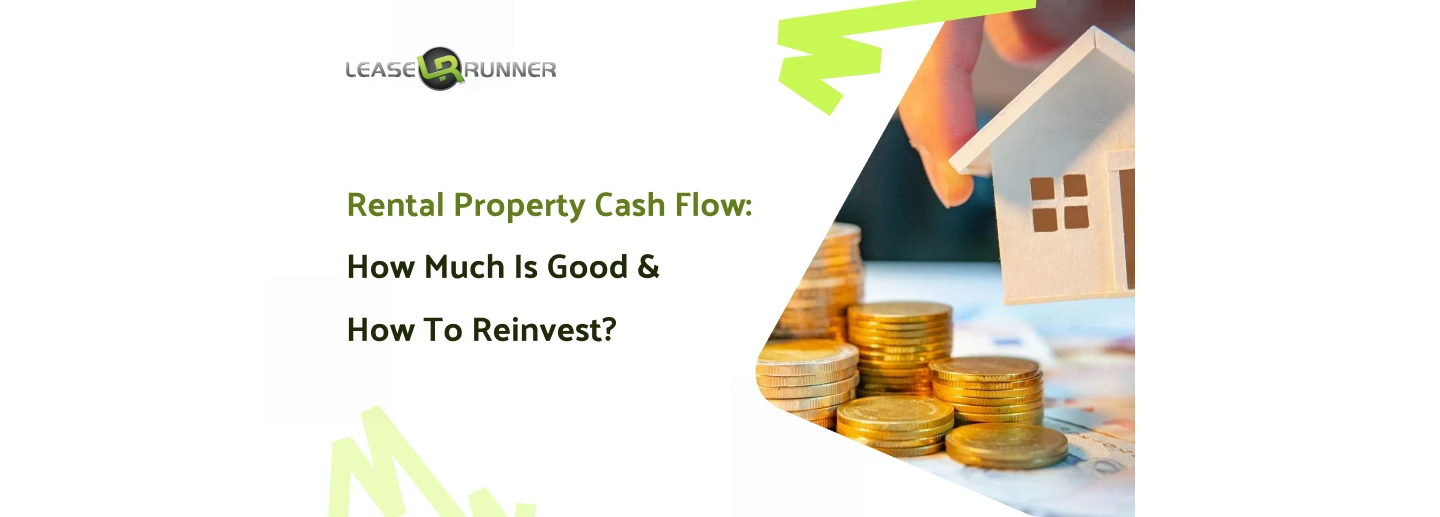
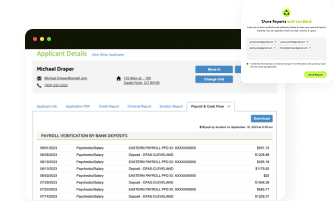

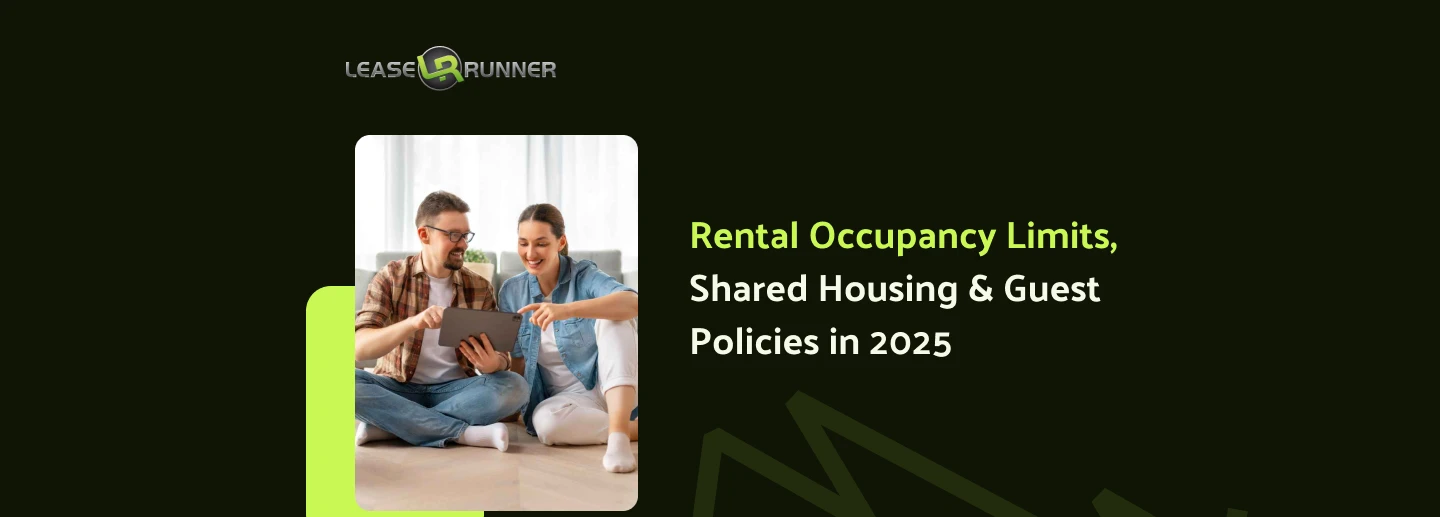
![What Is an Admin Fee for Apartments? [2025 Landlord’s Guide]](https://www.leaserunner.com/storage/413/01KAJSZKW3TMYDTGTKJV8VHGPN.webp)
